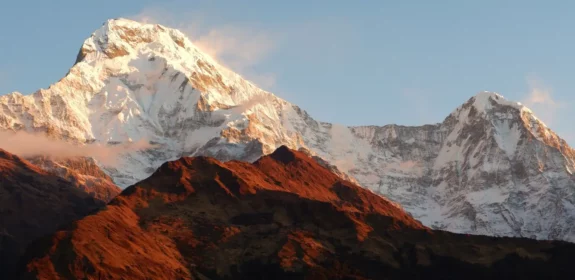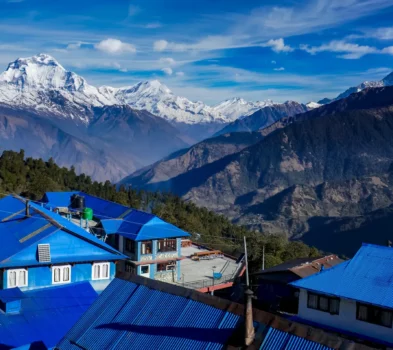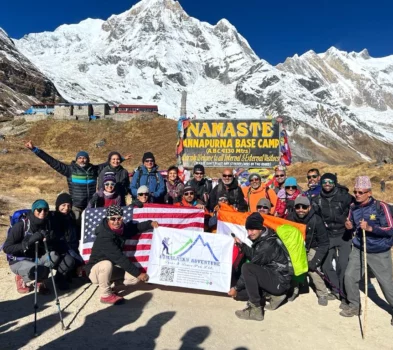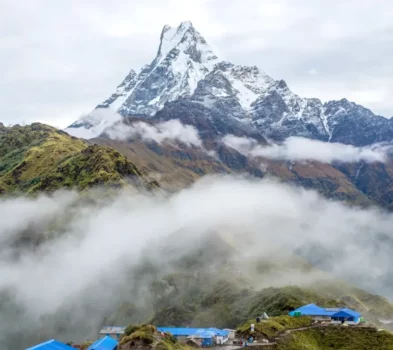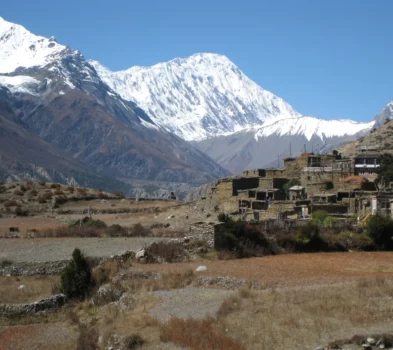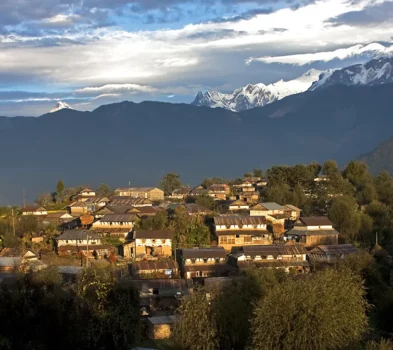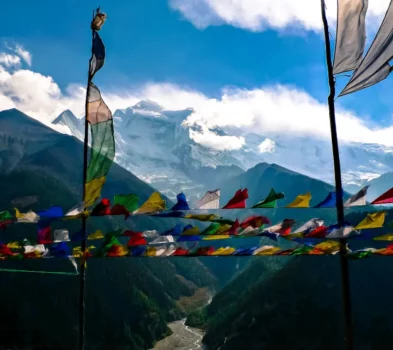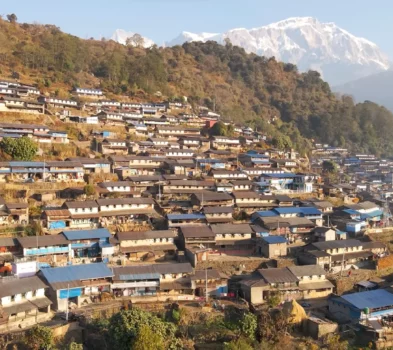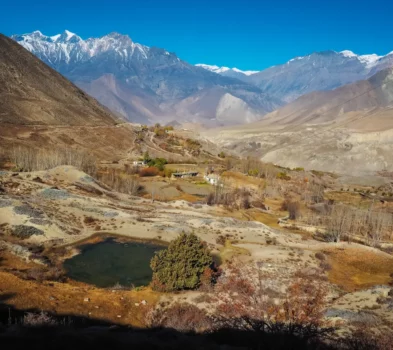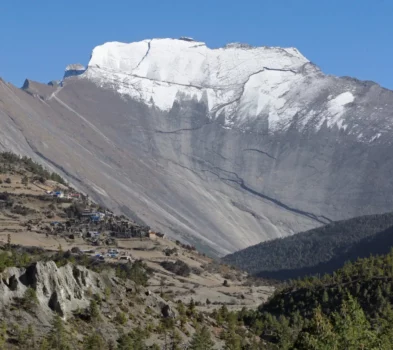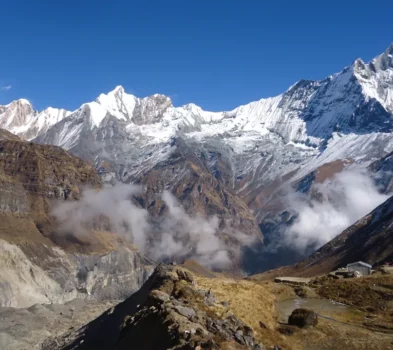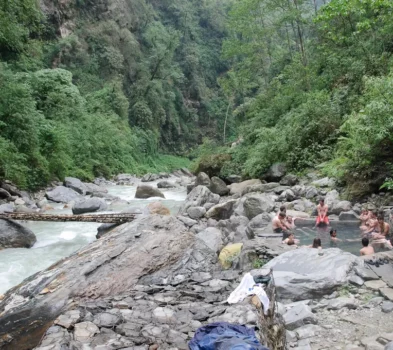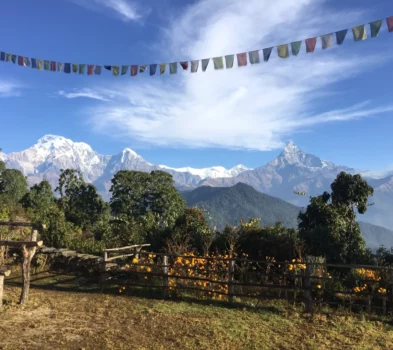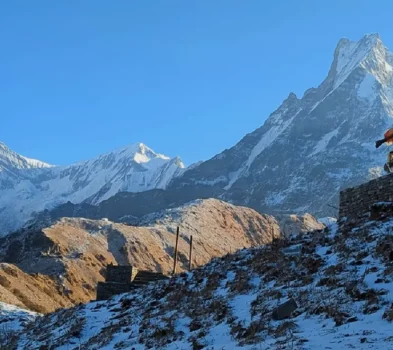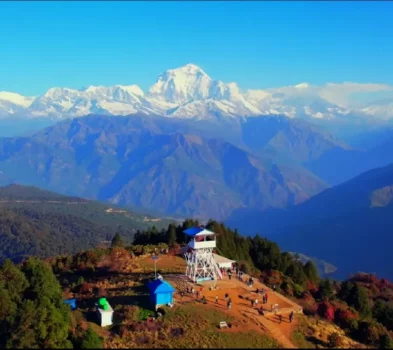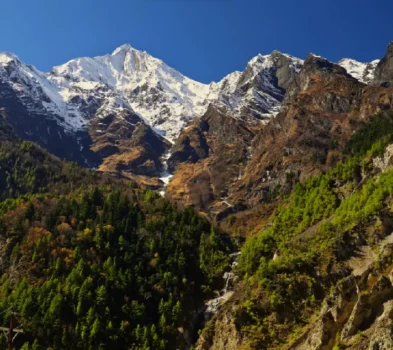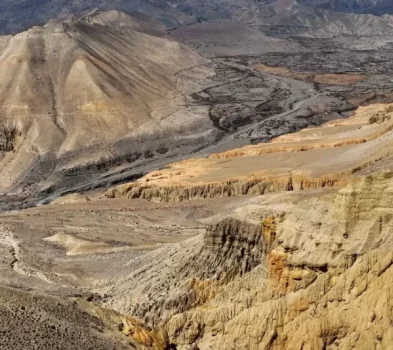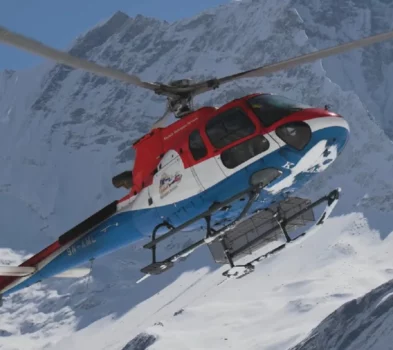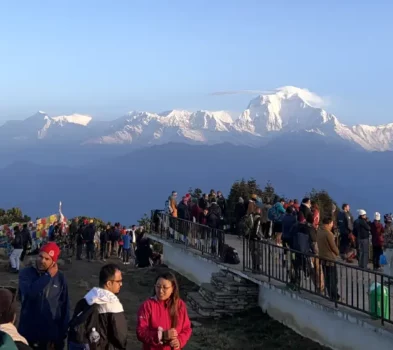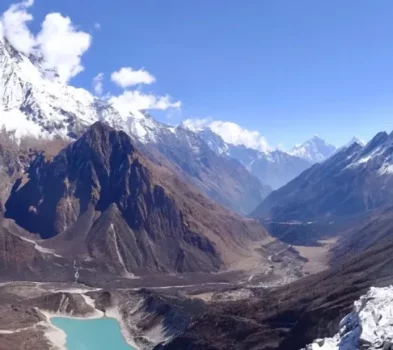Need help?
Talk to trip expert
Annapurna Region
Short Information of Annapurna Region
The Annapurna region is a standout of the most breathtaking travel destinations in Nepal. Situated in the lap of the western part of the nation, the Annapurna region is separated from the Dhaulagiri massif by the Kali Gandaki River. The major fascination of the Annapurna region is the Mt. Annapurna (8091m) and Mt. Machhapuchhre/Fishtail (6997m). These incredible snowcapped giants, along with the numerous Himalayas like Nilgiri (7061m), Gangapurna (7454m), and Pisang Peak (6091m), are protected by the Annapurna Conservation Area. The mesmerizing perspective of the mountain ranges, lush rhododendron woods, and culturally ripe settlements signifies its excellence. The area is, for the most part, inhabited by Gurung and Magar ethnicities in the southern part, whereas Thakali, Tibetan, and Manangi communities reside along with the northern parts.
In terms of popularity, the Annapurna region is the most popular in Nepal and sees nearly two-thirds of the tourists in Nepal. The Annapurna Conservation Area houses most of the travel routes and destinations in this region, and its biodiversity is one of the major attractions as well. The deciduous and profound timberland of fir, pines, and birch is home to around 102 warm-blooded mammals, 472 species of birds, and 39 species of reptiles. Talking more precisely, some of the rarest species include the snow leopard, the blue sheep, the Himalayan mountain bear, and the Himalayan Thar. The discreet Nar Phu Valley, Annapurna Sanctuary, and the Manang Valley are also highlighted in the Annapurna region. Likewise, the region is also home to the Tilicho Lake- the highest lake in the world, Kali Gandaki Gorge- the deepest gorge in the world, and the Thorung La Pass (5416m) is the highest in the world. Moreover, the region also houses an incredible array of religious monuments like Braga Gompa, Boozo Gompa, Khayer Lake, Muktinath Temple, Bindhyabasini Temple, and Tal Barahi Temple. These religious heritages are celebrated by the diverse array of ethnic groups in the region. While the Manangi and Tibetan communities follow Tibetan Buddhism, the Thakali, Gurung, and Magar ethnic groups follow Buddhism.
Annapurna Circuit Trek 14 Days, Ghorepani Poonhill Trek, Mardi Himal Base Camp Trek, Sunrise Poonhill Trek, Annapurna Base Camp Trek, Mohare Danda Trek, and Jomsom Muktinath Trek are a few of the most popular treks in the region. Likewise, Pisang Peak (6091m), Dhampus Peak (6012m), Mardi Himal (5553m), and Chulu East Peak (6429m) are some of the popular peak climbing destinations. Finally, Annapurna I (8091m) is a prominent expedition destination. The region is also known for adventure sports like paragliding, zip-lining, ultra-flight, bungee jumping, and mountain biking. As such, Pokhara is the perfect destination for these adventurous undertakings. Pokhara, also known as the City of Lakes, is ideal for leisure vacations and quick getaways.
Annapurna remains at an extremely high altitude, so it is very cold most of the year. Autumn (October to November) and spring (Mid-march to mid-April) are considered the best times to visit the Annapurna region. During these seasons, the sky is very much clearer, and there are fewer chances of snowfall. Whereas monsoon and winter see adverse weather conditions, travelers have to do proper research before heading to the Annapurna region.

